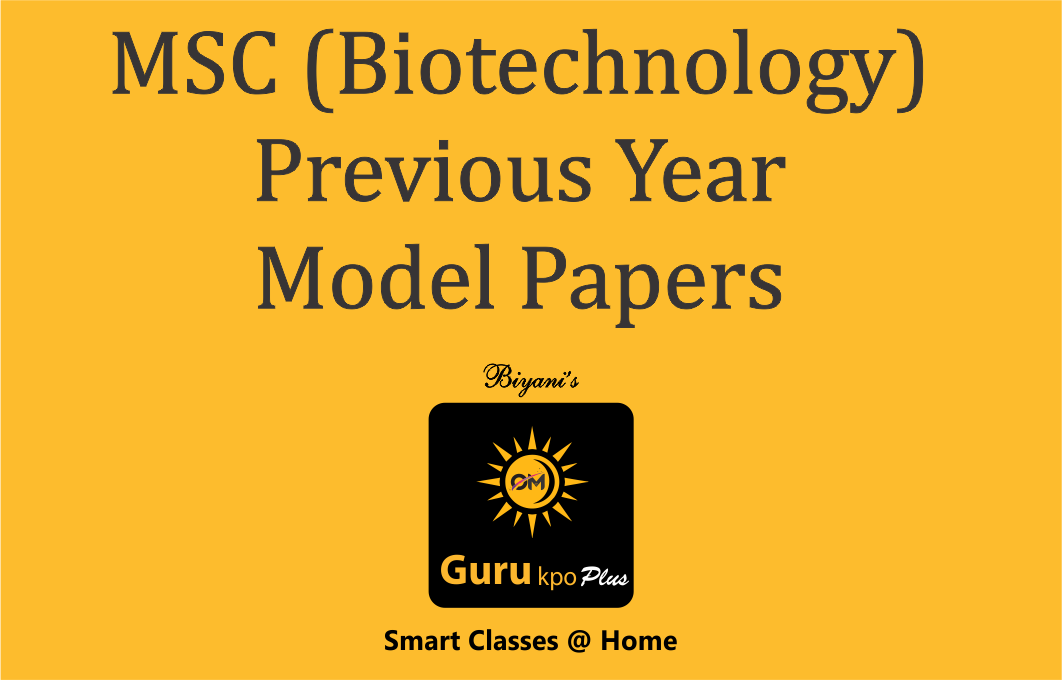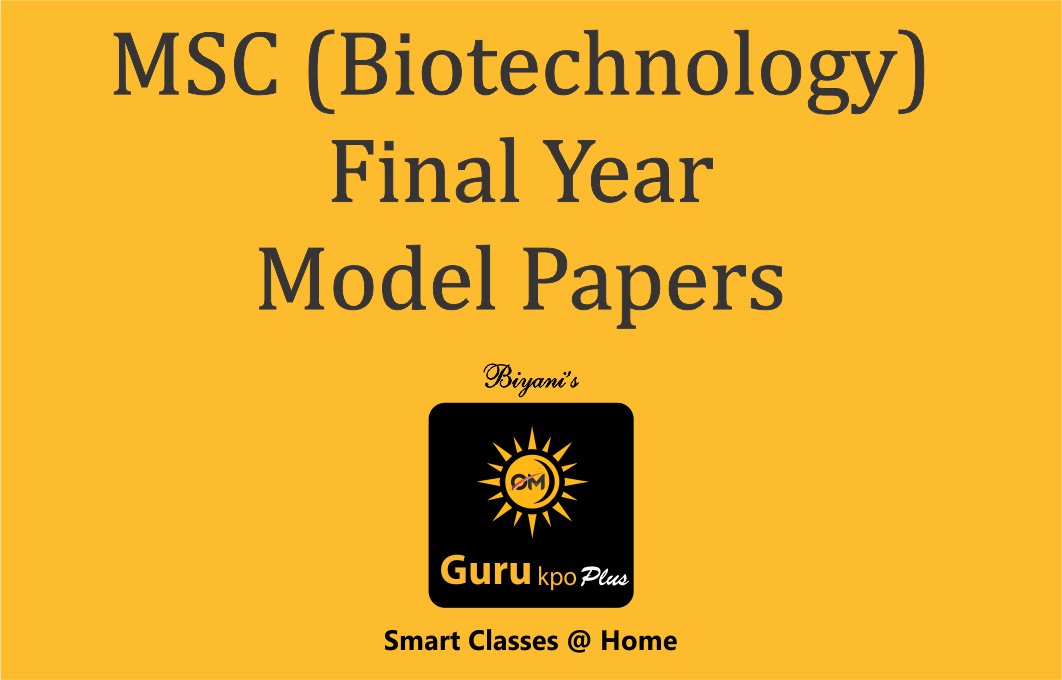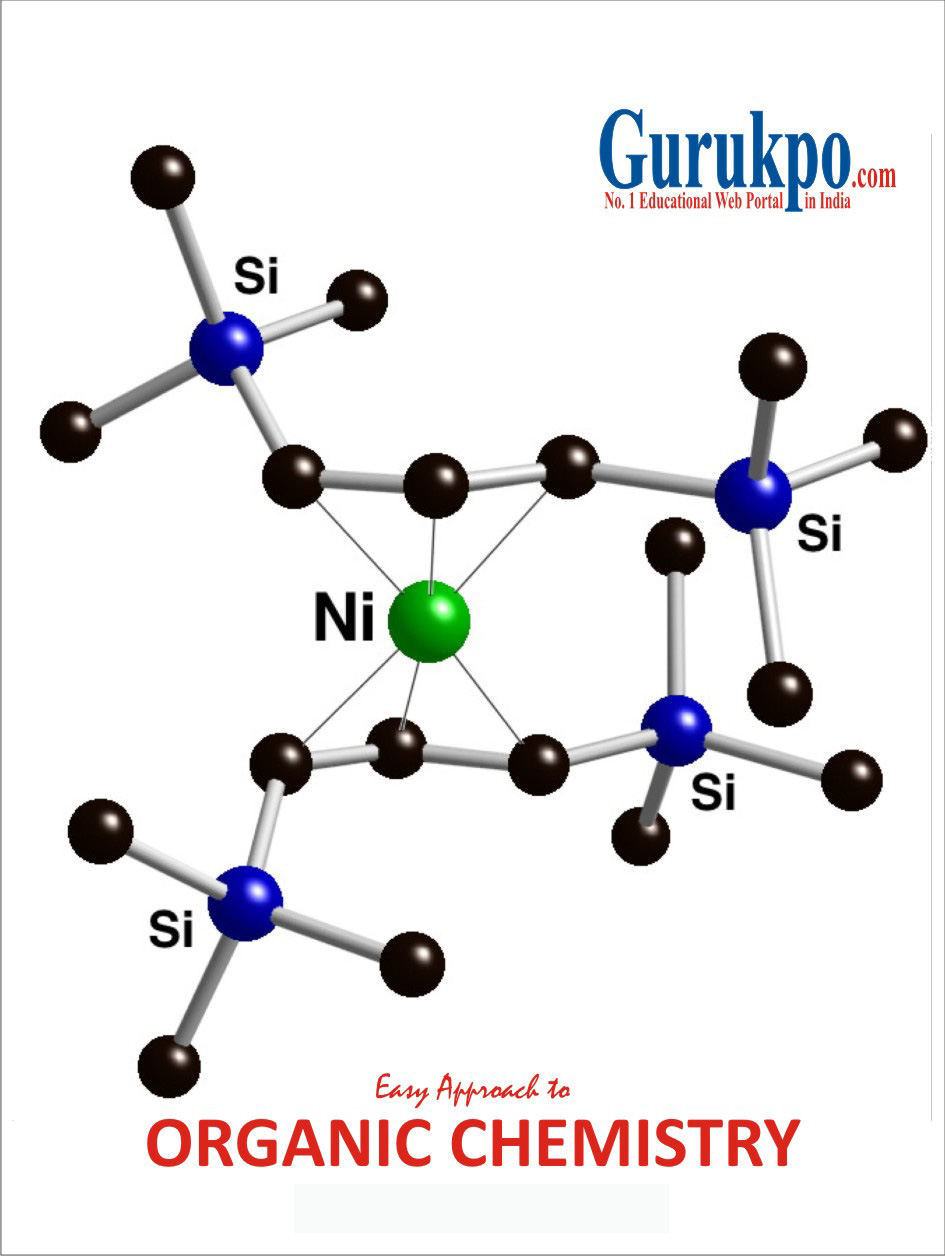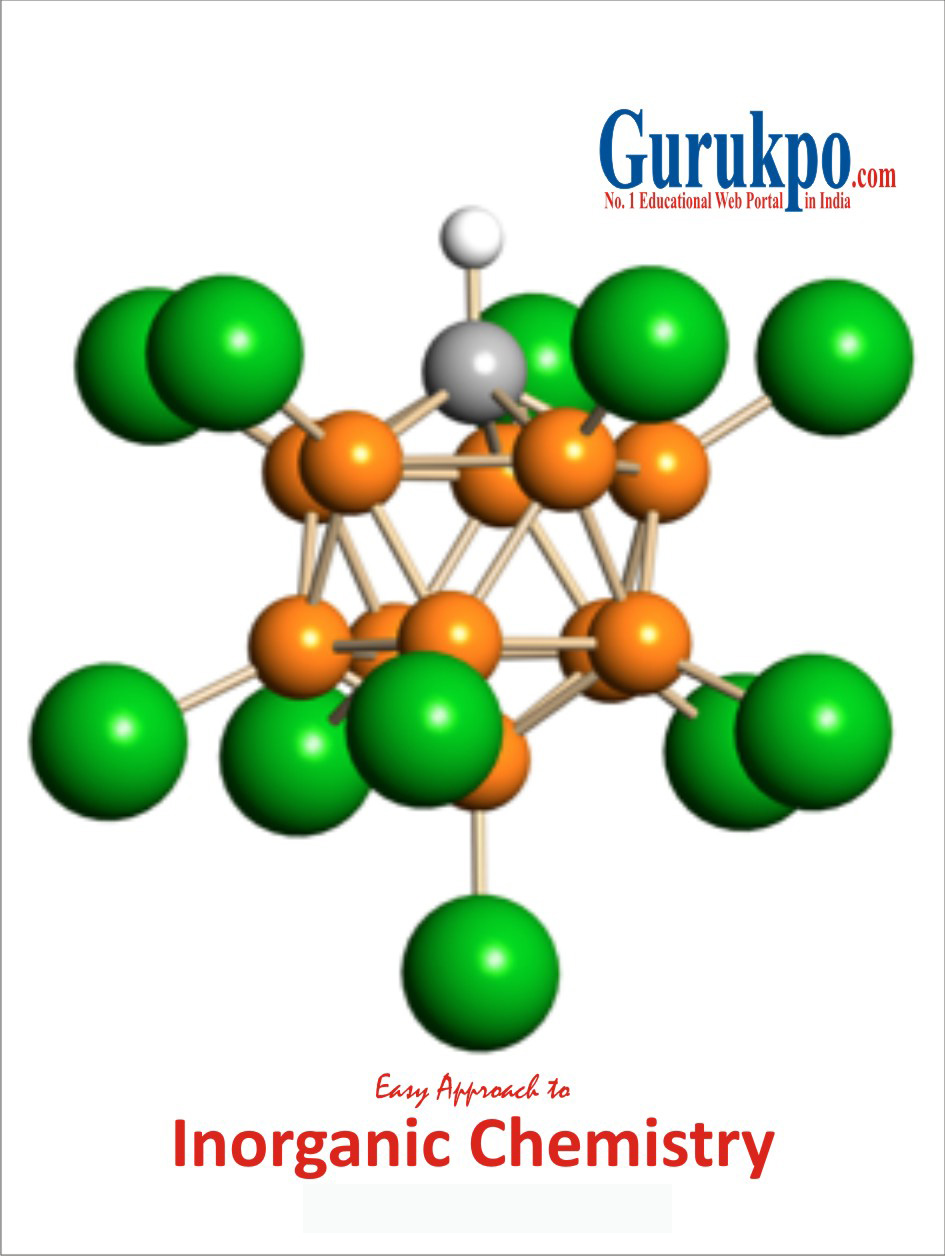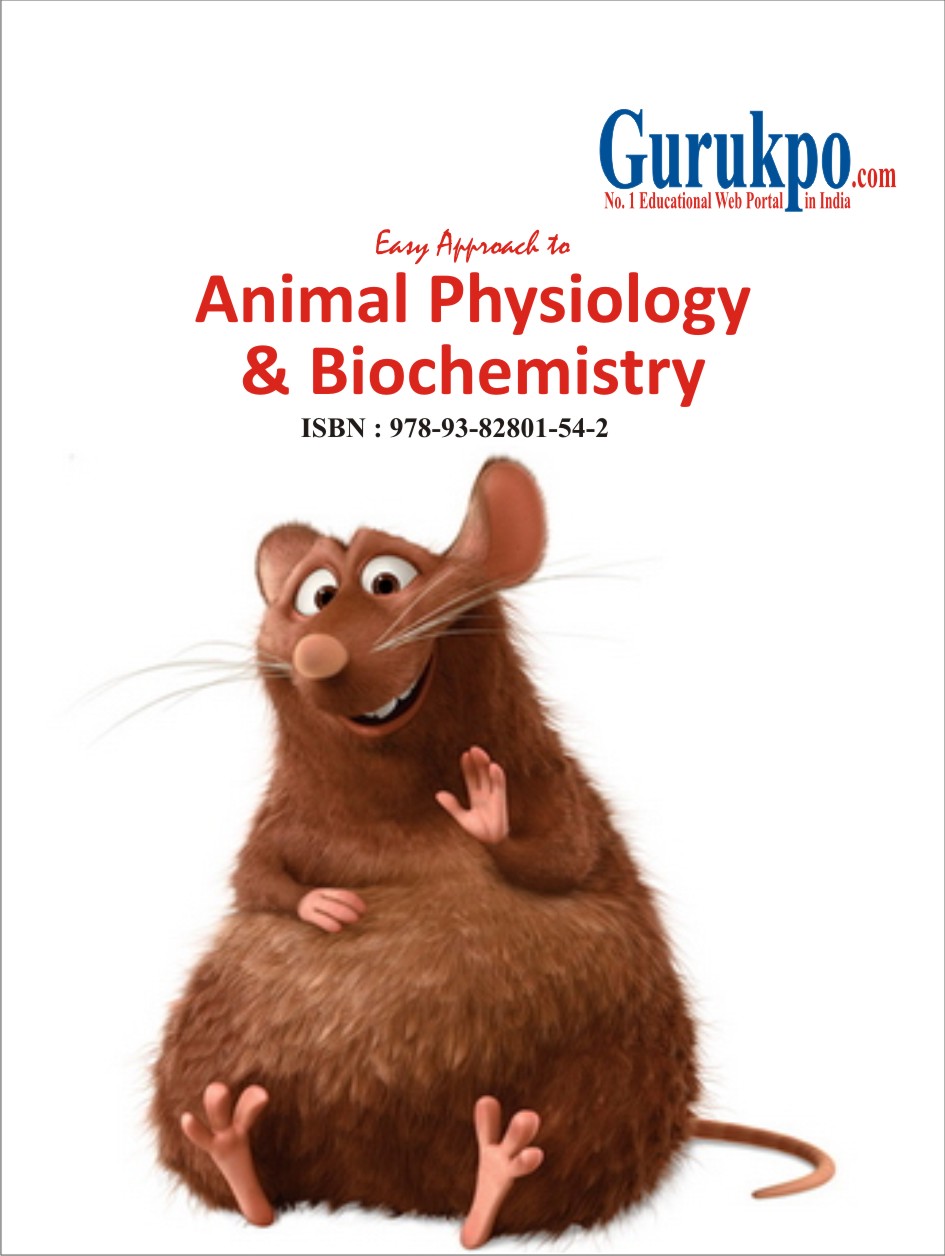
Section-A
Animal Physiology with special reference to mammals
1.Osmoregulation, membrane permeability : active and passive transport across
membrane.
2.Physiology of Digestion : Nature of food-stuff, various types of digestive
enzymes and their digestive action in the alimentary canal.
3.Physiology of Circulation : Composition : Composition and function of blood :
mechanism of blood clotting : heating beat: cardiac cycle : blood pressure: body
temperature regulation
4.Physiology of respiration : Mechanism of breathing : exchanges of gases :
transportation of oxygen and carbon dioxide in blood: regulation of respiration.
5.Physiology of Excretion : Kinds of nitrogeneous excretory endproducts (ammonotelic uricotelic and ureotelic): role of liver in the formation of these end prodcuts. Functional architecture of mammaliam kidney tubule and formation of
urine : hormonal regulation of water and electrolyte balance.
Section-B
Regulatory aspect of animals Physiology
1.Physiology of Nerve Impulse and Reflex Action : Functional architecture of a
neuron, origin and propagation of nerve impulse, synaptic transmission : spinal
reflex arc : central control of reflex acti
on.
2.Physiology of Muscle contraction : Functional architecture of skeletal muscle;
chemical and biophysical events during contraction and relaxation of muscle
fibres.
3.Types of Endocrine Glands. Their secretions and Functions : Pituitary, adrenal,
thyroid, islets of Langerhans, testis and overy.
4.Hormonla control of male and female reproduction and iomplantation parturition
and lactations in mammals.
5.Preliminary idea of neurosecretion : Hypothalmic control of pituitary function,
neuroendocrine and endocrine mechanism of Insects.
Section-C
Biochemistry
1.Carbohydrate : Structure, function and significance.
2.Carbohydrates : Oxidation of glucose through glycolysis. Krebs cycle and
oxidative phosphorylation; elementray knowledge of interconversion of glycogen
and glucose in liver. Role of insulin.
3.Protein : Structure, function and significance.
4.Proteins : Essential and non-essential amino acids, trasnformation of amina acids,
deamintion, transmination, decarboyxlation synthesis of enzymatic protein and
urea, fate of ammonia (Ornithine cycle) : fate of carbon skeleton.
5.Lipids : Structure, function and significance.
1.1 Lipids : beta-oxidative pathway of fatty acid; brief account of
biosynthesis of triglycerides. Cholesterol and its metabolism.
6.Catabolsim and Biosynthesis of nucleic acid.
7.Mineral Metabolism : Ionine Iron Calcium and Zinc





